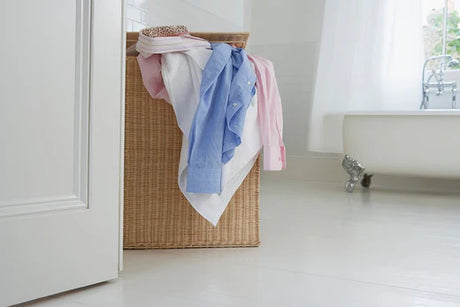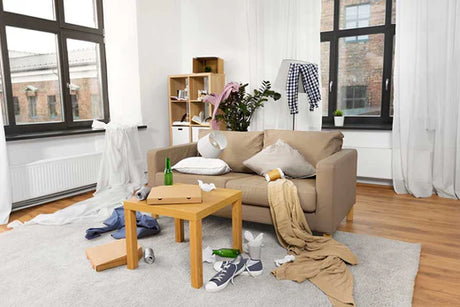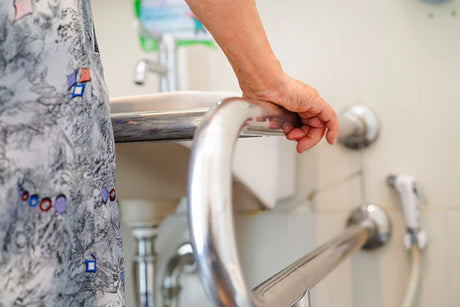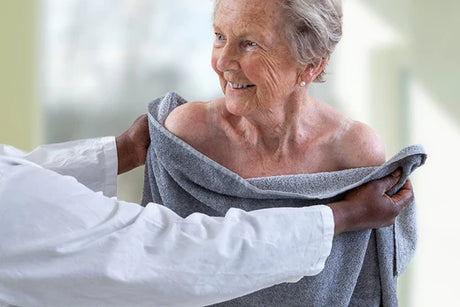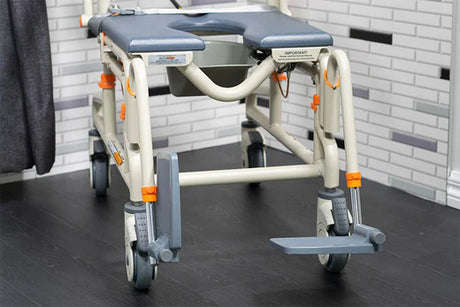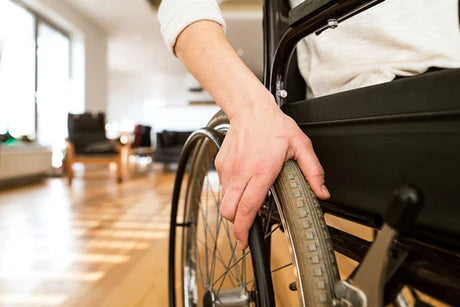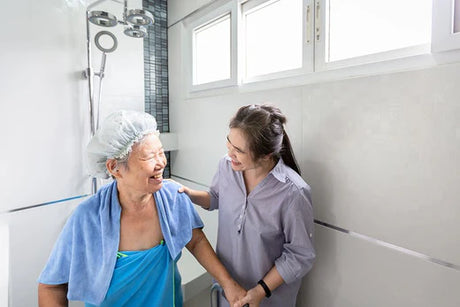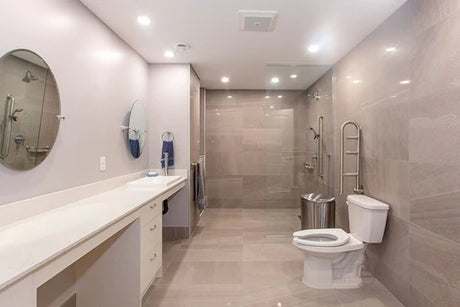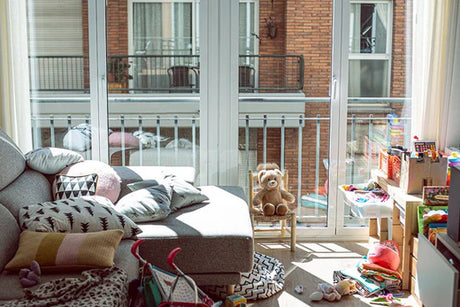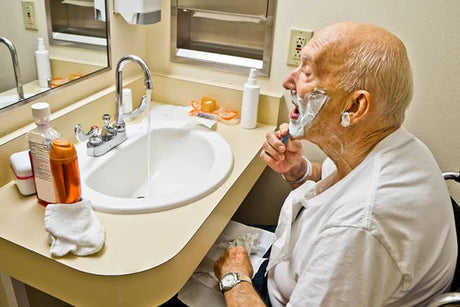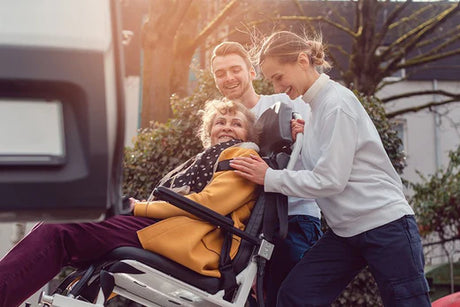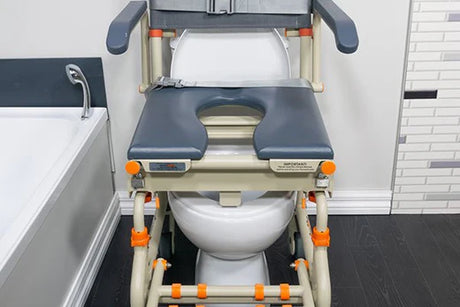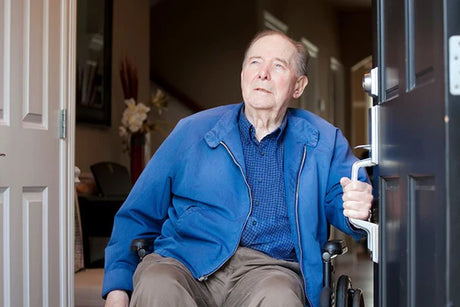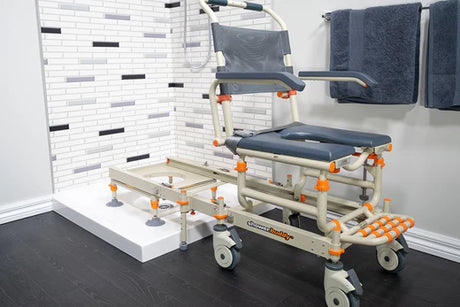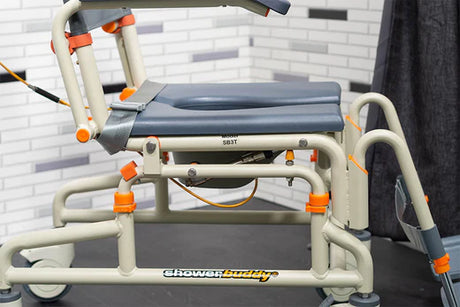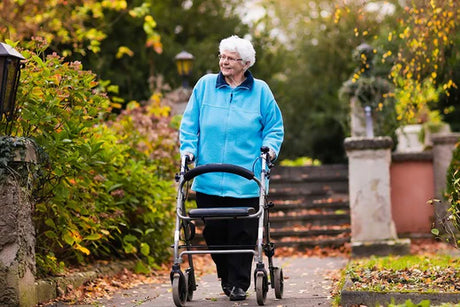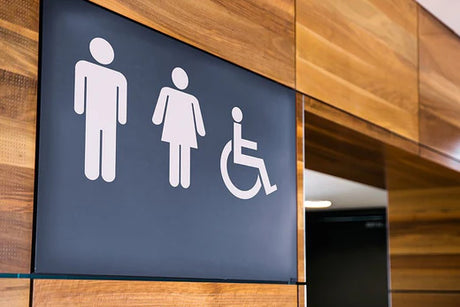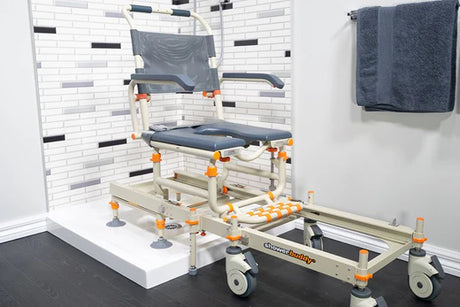Open space for carer support
Lighting
A way to move into the shower or onto toilet
Safe bathing area
A safe bathing area is also one that prevents accidental tap knocks and dangerously hot temperatures. If required, you may wish to have the maximum temperature adjusted to a safe level by a plumber.

Slip hazard removal
Anti-slip mats may be recommended by the occupational therapist. These can be placed in the shower or the bathroom floor itself to add traction to footing.
Choosing the best bathroom for physical rehabilitation
- The size of the bathroom.
- The compatibility of the shower/tub with assistive equipment.
- The proximity to the bedroom or living areas for quick toilet access.
- The quality of the fixtures for daily use with a carer (e.g. a functional, removable shower head).
Criteria is going to depend on the home, the OT’s assessment and of course the specific needs of the individual going through physical rehabilitation. Always speak to your health providers, doctors and therapists for more information.
Further reading on the topic
If you’re interested in learning more about this topic, you can find useful information via the following resources:
- Bathroom safety for adults – Medlineplus.gov
- 10 Ways to Make Your Bathroom (Much) Safer – Bob Vila
- How to Make Your Bathroom Safe for Elderly Family Members – ahs.com








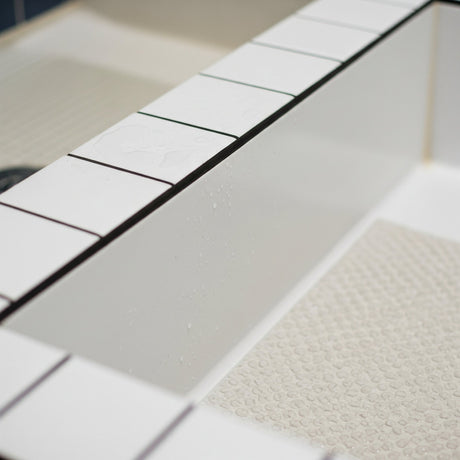

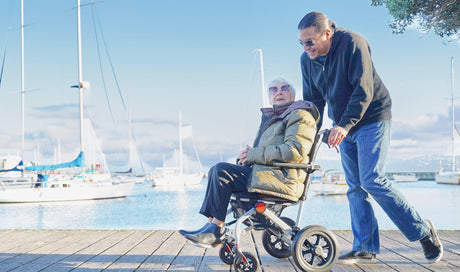
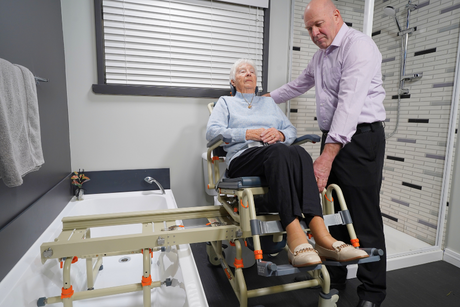
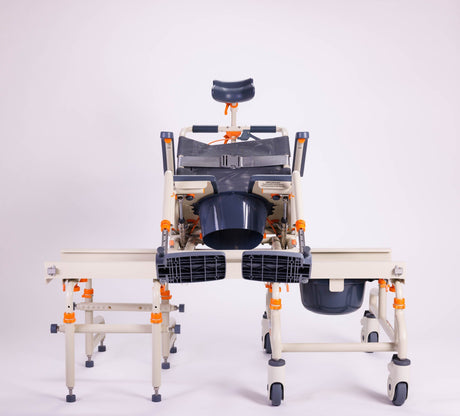
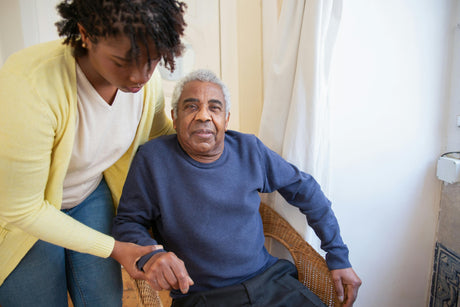
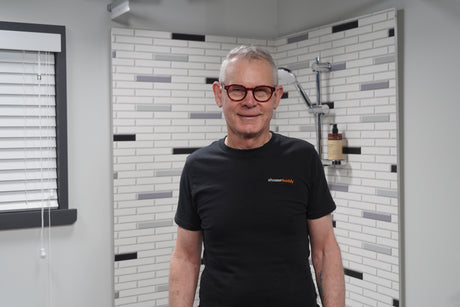
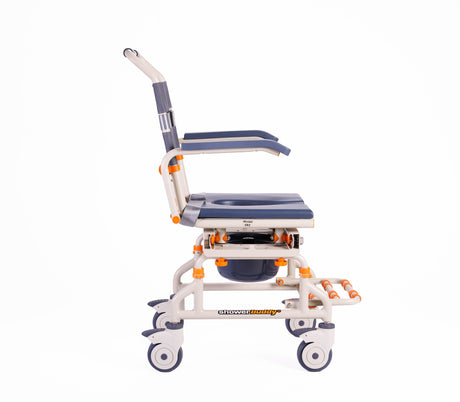
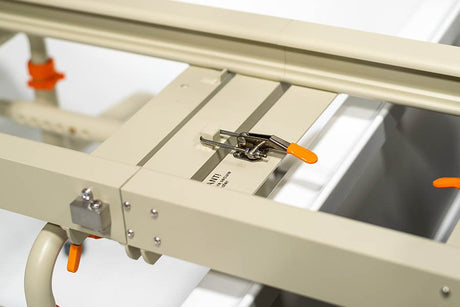
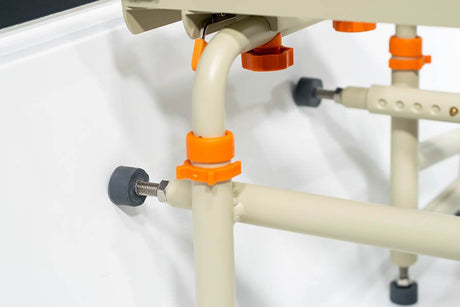
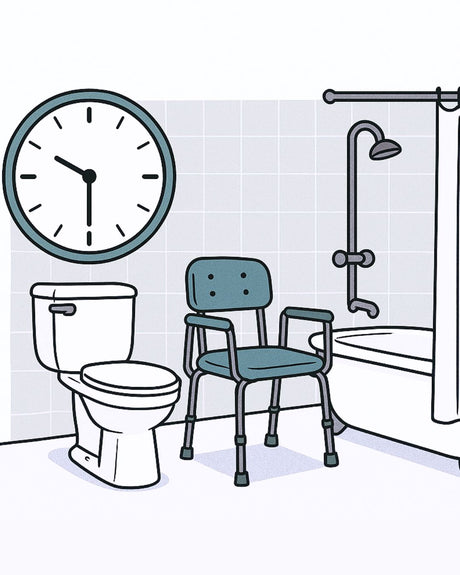
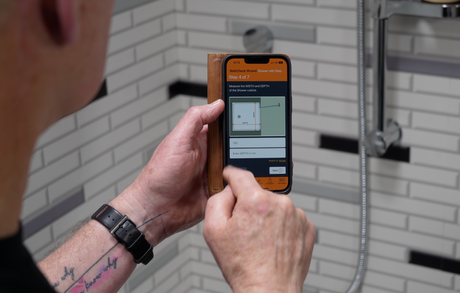
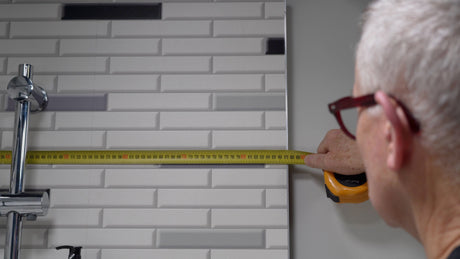
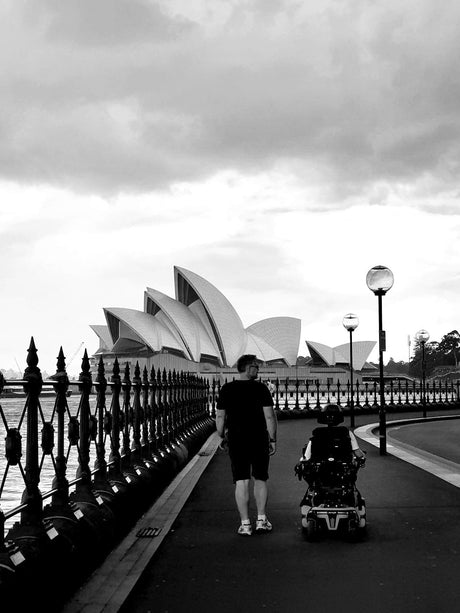
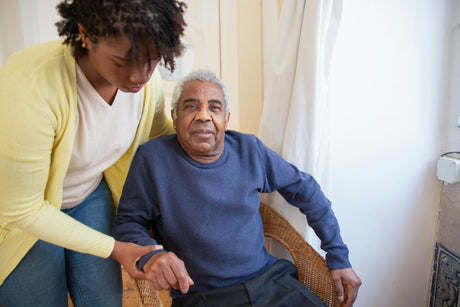
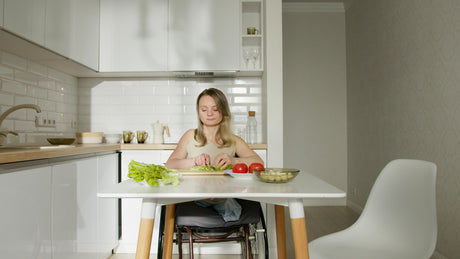
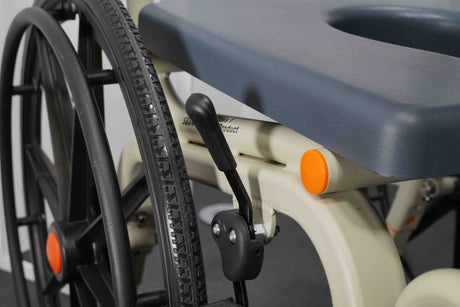


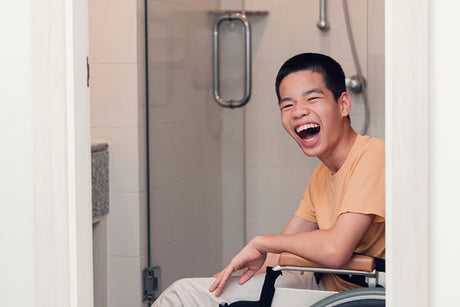
![Toilet Training A Young Child With Mobility Challenges [And How A Shower Chair Can Help]](http://shower-buddy.com/cdn/shop/articles/toilet-training-disabled-child_520x500_a90e5234-d372-435d-aa56-8da15dd3836c.webp?v=1722557239&width=460)

